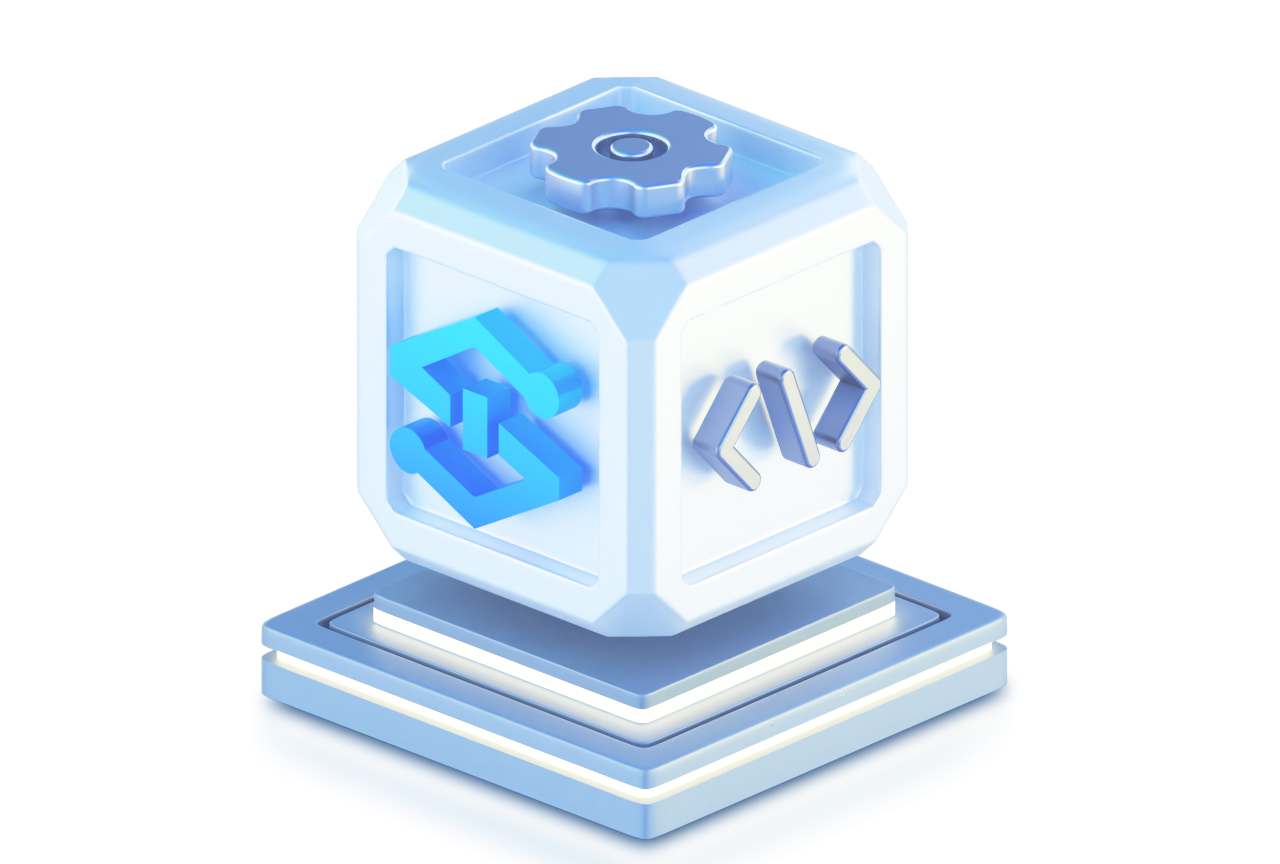CODING Continuous Integration (CODING-CI) is fully compatible with Jenkins' continuous integration services. It supports popular programming languages such as Java, Python, and Node.js and building Docker images. Its graphical orchestration, high-spec cluster, and multi-job parallel build features help you comprehensively accelerate your build tasks. It supports mainstream Git code repositories, including CODING-CR, GitHub, and GitLab. In terms of build dependency pull, it has dedicated network optimizations for major image sources such as Maven and npm to ensure a high pull speed and further accelerate the build process.
CODING-CI has a rich set of features that improve the efficiency of your project development, eliminate repetitive work, and deliver results faster through automated means.
Automated Build
- Offers service-oriented build methods with on-demand APIs and UIs.
- Supports Maven, Gradle, and Makefile builds, which can be automatically executed at scheduled times or triggered by code commits.
Graphical Editor
In addition to the manual editing of build scripts, CODING-CI also offers perfect graphical orchestration capabilities to lower the barriers of use. For each step of the build, it offers various build script templates that you can choose from.
- The graphical editor is preset with many commonly used steps. Changes made to it can be 100% converted into views of the text editor; that is, all the steps added or deleted in it can be converted into code text.
- The visualized view is also compatible with most custom operations, delivering an intuitive editing experience.
Full Compatibility with Jenkins
- The build scripts of CODING-CI are fully syntactically compatible with Jenkins, the most widely used continuous integration tool in the world, which means that you can seamlessly and easily migrate Jenkins builds to CODING.
- A Jenkinsfile is a script used to configure continuous integration, i.e., writing a script for Jenkins. Each target code change will trigger CODING-CI to automatically execute once based on the pipeline in the Jenkinsfile.
Preinstalled Build Environment
CODING-CI provides a complete set of pre-installed build environments, where compilation and build services in many programming languages can be used in different types of projects. You can directly build projects with images in such environments.
- Provides compilation and build services in multiple programming languages including Java, PHP, Python, Go, and Ruby.
- Comes with a rich set of command line tools. In addition to Docker images, it also supports building Maven, Gradle, and other software packages.
Multi-Job Parallel Build
- CODING-CI supports single-project parallel build (up to 20 concurrent jobs) to meet the needs of heavy continuous integration users.
- Its backend server cluster can schedule responsive computing resources according to user needs, ensuring that build tasks start quickly and reducing their queuing time.
Cache Acceleration
CODING-CI supports enabling caching between different build tasks to accelerate repetitive builds by an average of 300%.
Triggering Rule
CODING-CI supports various triggering rules. For example, tasks can be triggered automatically by code updates, manually, or by merge requests.












What is continuous integration?
In software engineering, continuous integration (CI) refers to the practice of merging the working copies of all developers into the master branch for multiple times per day. Grady Booch first named and proposed the concept of CI in the Booch method in 1991, although at that time he did not advocate for multiple integrations per day. Extreme Programming (XP) adopted the concept of CI and advocated for integration for more than once a day.
How do I view the result of continuous build integration?
After a task triggers the build, a build record will be generated, which will show whether each stage of the pipeline succeeds or fails as well as the specific command execution effects and logs in each step.
How do I generate an artifact?
You can add an artifact collection step in the graphical editor stage and enter the path of the file to be collected, and it will be displayed as an artifact of the build process.
How do I build continuous integration?
CODING-CI provides services and capabilities based on Jenkins and has greatly optimized it. A Jenkinsfile defines the pipelines in continuous integration, which implement the workflow encapsulation and management of steps. The pipelines can be executed sequentially or in parallel. Each target code change will trigger CODING-CI to automatically execute once according to the pipeline in the Jenkinsfile.
By creating a continuous integration task, selecting a continuous integration process template, and configuring the continuous integration process, you can start building. For detailed directions, please see the CODING-CI product documentation.
